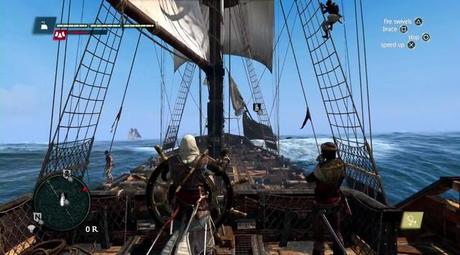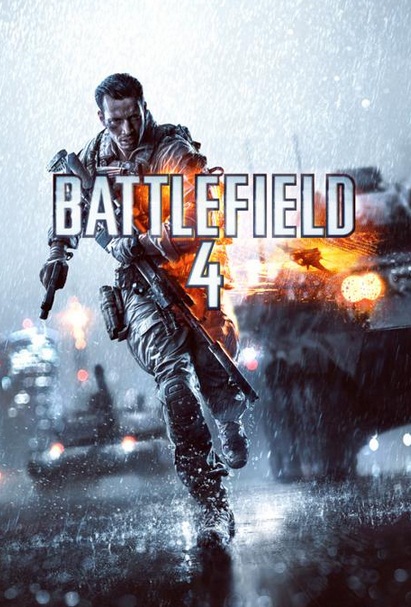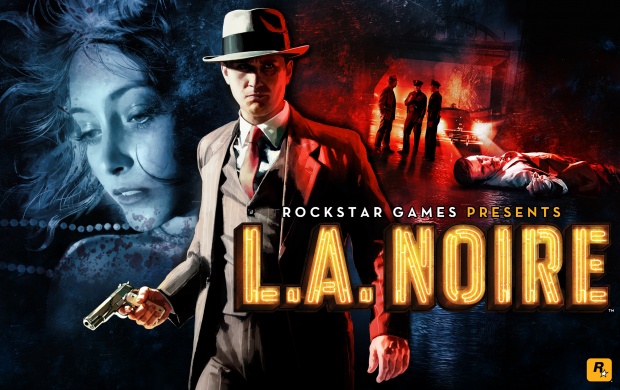Already the winner of more than 80 coveted awards from critics around the world, Titanfall is winning over fans with its thrilling, dynamic first-person action gameplay featuring elite assault pilots and agile, heavily-armored, 24-foot titans. Crafted by one of the co-creators of Call of Duty and other key designers behind the Call of Duty franchise, Titanfall delivers a brand-new online experience that combines fluid, fast-paced multiplayer action with heroic, set-piece moments found in traditional campaign modes.
Titanfall, with its advanced combat techniques, gives you the freedom to fight your way as both elite assault Pilot and fast, heavily armored Titan. The experience combines fast-paced multiplayer action with the dramatically charged moments of a cinematic universe.
Game Play
Story
The story appears to be centered around a member of a roaming space fleet caught far from home on the edge of explored space known as The Frontier. Through exploration, scavenging and salvage, the fleet seeks a new home for itself but encounters opposition from enemies with similar intents.
Factions
The Interstellar Manufacturing Corporation (IMC)
A mega-corporation built on Titan manufacturing materials, planetary survey technology and map database rights. Seeing the Frontier as a ripe for exploitation, the IMC is dedicated to maximizing their profits and shareholder wealth and will not shy away from the legal application of force when necessary.
The Militia
A citizens army representing the military arm of the Frontier systems' territorial defense pact. The Militia is comprised of a loosely governed mishmash of homesteaders, bandits, mercenaries and pirates. They are opposed to the IMC who they believe does not act in the best interest of the Frontier locals.
Multiplayer
Multiplayer provides traditional matches between two opposing teams. Players start the match on foot and, as they complete objectives or earn kills, are eventually able to have their mech dropped into the match. XP is earned for what you do in the match with the point value popping up on screen with each kill and objective completion. Players on foot are not completely vulnerable to mechs as they can be armed with heavy weapons such as rocket launchers.
Players, known in-game as "Pilots," are equipped with a Jet pack when on foot and have the ability to run along walls, adding a degree of maneuverability and verticality rarely seen in multiplayer shooters. Players will also have better survivability than in similar games like Call of Duty to ease the of frustration of dying constantly when first getting to grips with the game. To counter this, multiplayer games will be populated with AI opponents called "Marvins" (also (known as "popcorn enemies" because they're "easy to pop") so that most players are still able to achieve a steady rate of kills.
Respawn intends to better contextualize Titanfall's multiplayer in the game's fiction by taking cues from single-player narrative design. For example, matches will be bookended with dialogue and entry/exit gameplay sequences, which serve to better place each round in the game's overall story.
Players, known in-game as "Pilots," are equipped with a Jet pack when on foot and have the ability to run along walls, adding a degree of maneuverability and verticality rarely seen in multiplayer shooters. Players will also have better survivability than in similar games like Call of Duty to ease the of frustration of dying constantly when first getting to grips with the game. To counter this, multiplayer games will be populated with AI opponents called "Marvins" (also (known as "popcorn enemies" because they're "easy to pop") so that most players are still able to achieve a steady rate of kills.
Respawn intends to better contextualize Titanfall's multiplayer in the game's fiction by taking cues from single-player narrative design. For example, matches will be bookended with dialogue and entry/exit gameplay sequences, which serve to better place each round in the game's overall story.
Reception
The game's reveal has been well received by the video game industry. It has been considered one of the highlights of E3 2013 and PAX Prime 2013. At E3 2013's Game Critics Awards, Titanfall received six awards, including the "Best of Show" award.
It has also drawn comparisons to other first-person shooters such as Call of Duty (created by some of the same team members) and Killzone as well as third-person shooters such as Vanquish and Gunslinger Stratos, in addition to manga/anime/game franchises such as Attack on Titan and mecha shows like Gundam.
















Fazi Templates
Follow Us
Blogger News